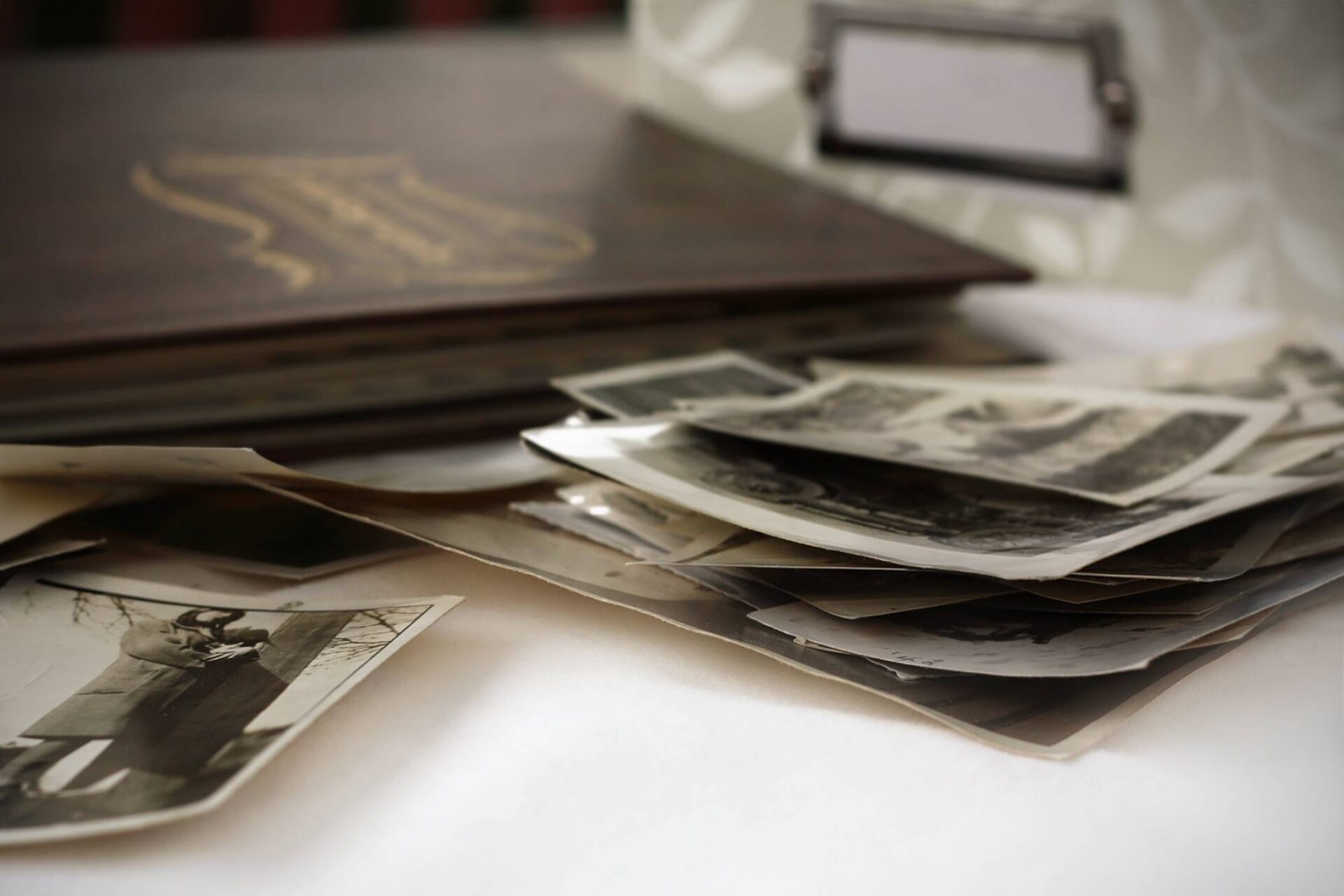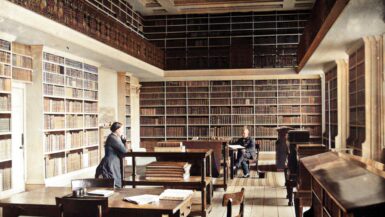Ireland’s rich tapestry of history is woven with tales of kings, rebellions, cultural shifts, and epochs of migration. Yet, one of the most definitive ways to understand a nation and its people is through its census records. These documents, while seemingly mundane with their columns of names, ages, and addresses, are in reality treasure troves of information. They offer a unique window into the daily lives of the Irish, revealing details about their families, professions, religions, and migrations.
Early Days: 1821-1851
The story of Irish censuses begins in 1821. With an intent to gather a snapshot of the populace, the government instituted a decennial exercise. These early records, spanning from 1821 to 1851, would have been invaluable. Tragically, most were lost in the 1922 fire during the Irish Civil War, leaving just fragments behind.
The Lost Years: 1861-1891
The period from 1861 to 1891 is often referred to as “The Lost Years” in the context of Irish census data. The original records from these decades were intentionally destroyed by the government, mainly due to storage constraints. What remains are only some statistical returns and reports, offering only a skeletal understanding of the era.
The Turn of the Century: 1901 & 1911
Our first comprehensive view of the Irish people in the modern era emerges with the censuses of 1901 and 1911. These years are a goldmine for genealogists, revealing intricate details such as occupations, literacy rates, religious affiliations, and even personal relationships within households. Today, these records are fully accessible online, making it easier for descendants to trace their lineage.
Post-Independence: The 1926 Census and Beyond
The 1926 census holds a special place in Irish history, marking the first count after the establishment of the Irish Free State. As of 2022, individual records from this year were yet to be publicly available, but there have been discussions about potentially releasing them before the 100-year privacy threshold. Subsequent censuses continue to be taken every ten years, with each adding to the rich statistical repository of Ireland.
Beyond Traditional Censuses: Specialized Counts & Substitutes
While the loss of many early records is undoubtedly a blow to historical research, Ireland has not been without its resourcefulness. The Census of the Irish Abroad in 2002, for instance, provides an intriguing look at the Irish diaspora. Additionally, due to the gaps in census data, historians and genealogists often turn to alternative sources like land surveys, tax records, Griffith’s Valuation, and church documents. These substitutes, though not exhaustive, provide valuable insights into the lives and movements of the Irish people during the years in question.
Conclusion
The censuses of Ireland are more than mere data points; they are narratives, detailing the evolution of a nation and its people. From the early beginnings in 1821 to the comprehensive surveys of the 20th century, these records reflect both the challenges and triumphs faced by the Irish. And as we await the release of more recent census data, one can’t help but wonder about the stories yet to be told, the histories yet to be uncovered, and the connections yet to be made.
For those keen on delving deeper into Ireland’s census records, the National Archives of Ireland offers a wealth of resources, particularly for the years 1901 and 1911.






Leave a reply